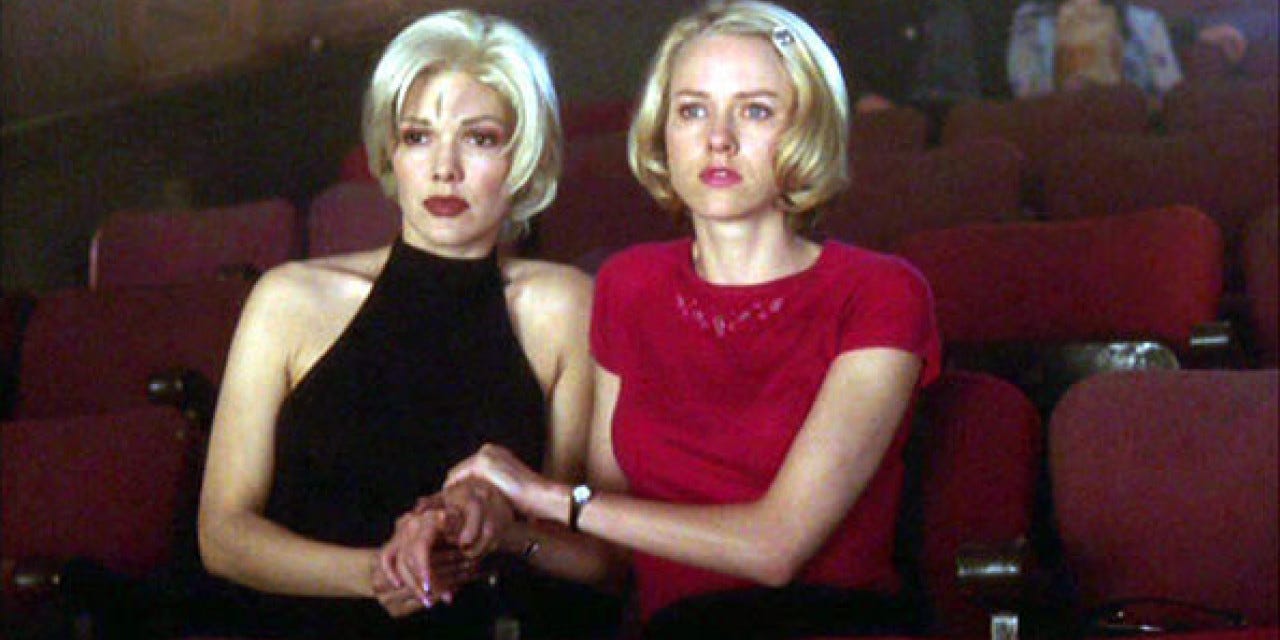Catching the Big Fish: The Lynch Legacy
If you already knew David Lynch, you know how huge is this loss. If you don’t - lucky you! You might be about to discover your favorite film director.
First of all, one minute of silence for the greatest master of all times.
Where it All Started
David Keith Lynch was born in Missoula, Montana, on January 20, 1946. Because of his father’s job, he spent his early years moving around small-towns in the US – a topic what would later be recurrent in his films.
Before entering cinema, Lynch studied Fine Arts at several Academies: Corcoran School of the Arts and Design (Washington, D.C.), School of the Museum of Fine Arts (Boston), and Pennsylvania Academy of the Fine Arts (Philadelphia).
It was at the Pennsylvania Academy that Lynch first experimented with moving images. He had the idea of creating a painting that moved, which led to his first short film: Six Men Getting Sick (Six Times) (1967), an animated loop projected onto a sculptural screen.
After three months of studying, he moved to Los Ángeles and started his filmmaking career at AFI Conservatory, but he didn’t finish it. He became so immersed in making Eraserhead that he dropped out to focus on the film.
David Lynch never formally studied cinema in a traditional film school. He transitioned into filmmaking organically.
He even expressed his disdain for formal education:
I found the world completely and totally fantastic as a child. Of course, I had the usual fears, like going to school ... for me, back then, school was a crime against young people. It destroyed the seeds of liberty. The teachers didn't encourage knowledge or a positive attitude.
"I never studied. I never did anything. I hated it so much. I hated it. Like powerful hate."
He rarely found inspiration at school. On the other side, he often described his admiration for environments like nature or cities. Like this quote from his childhood:
My father would drive me through the woods in his green Forest Service truck, over dirt roads, through the most beautiful forests where the trees are very tall and shafts of sunlight come down and in the mountain streams the rainbow trout leap out and their little trout sides catch glimpses of light. Then my father would drop me in the woods and go off. It was a weird, comforting feeling being in the woods.
Or the impact of moving to Philadelphia:
Factories, smoke, railroads, diners, the strangest characters and the darkest night. I saw vivid images—plastic curtains held together with Band-Aids, rags stuffed in broken windows.
His story is great source of inspiration for people who got into creative paths without a formal career. His curiosity and sensitivity took them way more far away than an Institute.
The Plot: His Iconic Work
With his films, David Lynch changed both Hollywood and television:
Blue Velvet influenced an entire wave of indie filmmakers.
Twin Peaks redefined what TV could be and show.
Mulholland Drive and Inland Empire pushed storytelling into strange, experimental new territories.
Blue Velvet (1986)
Wild at Heart (1990)
Twin Peaks (1990)
Mulholland Drive (2001)
Inland Empire (2006)
Are you curious for more? Check his whole filmography here:
Why Is he The Favorite of All Times?
Every niche-movie-lover has a special place for Lynch in their hearts: his movies dance in front of your eyes like a dream. The music, the shots, the script - they exist in their own realm.
Unlike many directors, he never explains his work, trusting his audience to experience it on an emotional level rather than searching for rational answers.
His influence stretches beyond cinema, redefining television with Twin Peaks and inspiring countless filmmakers, yet his vision remains completely his own. Lynch makes films that feel timeless, existing outside any specific era. His kindness and enthusiasm for art, creativity, and coffee make him even more beloved, adding to the almost mythical aura that surrounds him.
More than just a filmmaker, he is a true artist—a deep soul hunting images and concepts in the vast sea of unconsciousness. That’s why people don’t just admire him—they obsess over him.
The End: His Legacy For Creatives
Apart from making tons of movies, animations and art pieces, Lynch also shared his techniques and thoughts about creativity and meditation. This two pieces are valuable material for creatives who wants to dig deeper into self-discovery.
David Lynch: The Art Life
In 2016, the documentary David Lynch: The Art Life was released. The film delves into Lynch’s past as well as his use of transcendental meditation in the process of forming ideas.
Catching the Big Fish: A must-guide for creatives
David Lynch’s personal exploration of creativity and the role of Transcendental Meditation (TM) in his artistic process. The book is structured into short, poetic chapters, each offering a glimpse into his thoughts on filmmaking, ideas, and the nature of inspiration.
Lynch compares creativity to fishing, where ideas are like fish swimming in the depths of consciousness. The deeper you go—through meditation and inner stillness—the bigger and more profound the ideas you can "catch." He credits TM for unlocking his most surreal and powerful visions, allowing him to access a creative flow free from stress and fear.
Beyond meditation, he shares anecdotes from his filmmaking journey, insights into his most famous works (Eraserhead, Blue Velvet, Twin Peaks), and reflections on artistic integrity.
The book is an excellent tool for all kinds of creatives.
And with that, we’ve reached The End: I can see you’re a big Lynch fan. Let’s keep on creating, exploring the unknown and hoping for the brightest future.
Keep on sharing David Lynch memes,
and catch you next time.
Rocío














